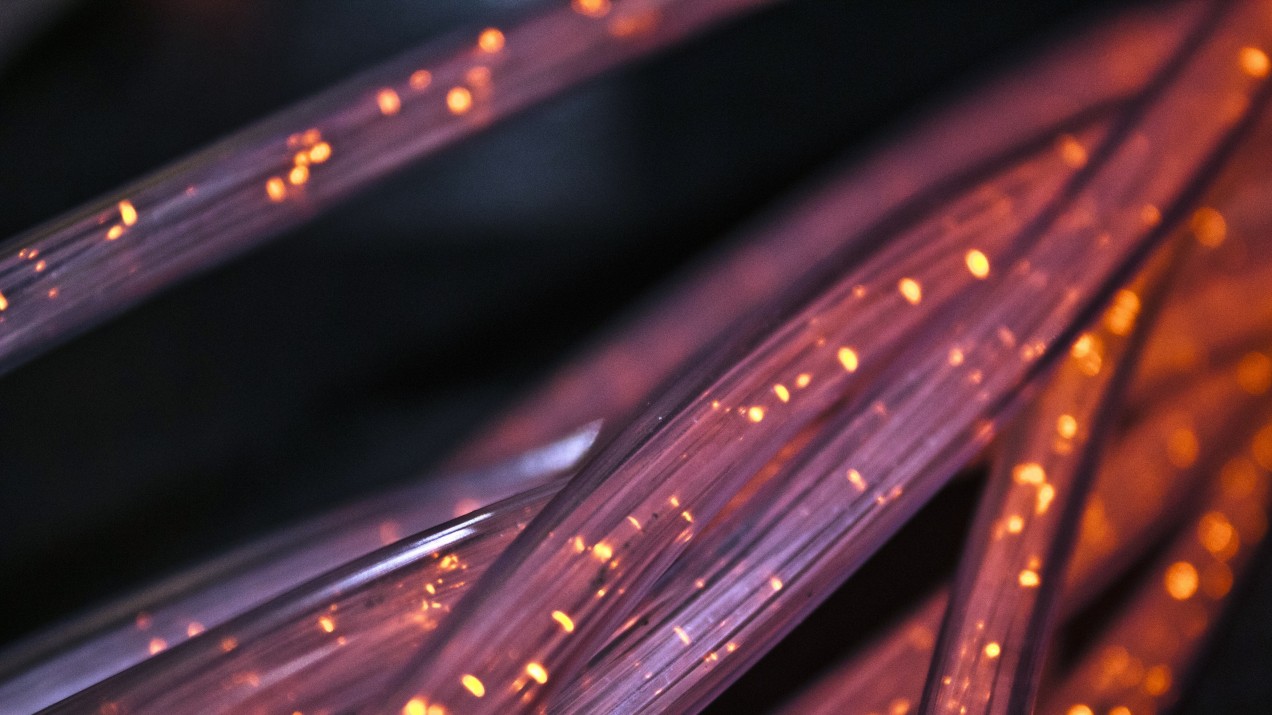

Computing
Quantum entanglement over 30 miles of fiber has brought super secure internet closer
The lab test suggests a reliable quantum internet between cities might be possible.

Albert Einstein wanted nothing to do with it: he mocked the strange concept of quantum entanglement as “spooky action at a distance.” But a hundred years on, Einstein’s bugbear could help create a more secure internet, thanks to the most reliable technique yet for entangling nodes along miles of fiber-optic cable.
With entanglement, an object can be put into a quantum superposition of multiple states—like Schrödinger’s cat, both alive and dead at once—and that superposition can be shared with another object. In theory, these objects will maintain that connection even when separated, so that measuring one reveals the state of the other, no matter how far away.
This isn’t merely of interest to quantum physicists. A quantum internet would allow ultra-secure communication of sensitive messages. One technique is to encrypt a pair of digital keys, a technology known as quantum key distribution (QKD). If two people both have these keys, they can talk without fear of being snooped on, because an eavesdropper would change the state of the keys and be found out.
But QKD relies on measuring the state of the quantum-encrypted keys, and since that measurement can be affected by conditions in the sending and receiving devices, you need to know their exact physical conditions. That can be impractical, because even tiny physical fluctuations can throw off the measurements.
That’s why the oddities of quantum entanglement have been seized upon to form the basis of an even better approach. Entanglement is much harder to pull off but in the long run could provide a more useful quantum internet than quantum keys. By entangling nodes on a network, you set up a connection between the entangled particles that bypasses the devices themselves, avoiding the unrealistic requirement that you know their exact state.
At least in principle. In practice, entanglement also requires ideal conditions. Quantum systems are sensitive to the tiniest disturbances: a change in temperature or a slight movement can throw everything off. A groundbreaking experiment in 2015 showed that quantum entanglement worked across a distance of just less than a mile (1.3 kilometers). In the years since, researchers have separated entangled particles by sending them down optical fibers and even up to a satellite and back. But the reliability has been very low.
In a paper in Nature today, Pan Jian-Wei at the University of Science and Technology of China, in Hefei, and his colleagues describe an experiment in which they demonstrate entanglement through more than 30 miles of fiber coiled in a lab, with lower transmission errors than previous attempts. “This is a big improvement,” says Pan, who is sometimes called the “father of quantum.”
The trick was to find efficient ways to entangle two particles. The team used an atom, which stayed put, and a photon, which was sent down the fiber. They found that they were able to create an entangled pair of nodes much more reliably than was demonstrated in previous experiments—including the one setting the mile benchmark, which it beat by five orders of magnitude.
How big a deal is this result? “It’s nice, but not nearly as big as it sounds,” says Stephanie Wehner, a researcher at QuTech, a quantum computing and quantum internet research centre in Delft in the Netherlands. Pan’s team used 30 miles of coiled fiber, which still demands an impressive degree of control over the whole system, but demonstrating entanglement between two nodes in one location is much easier than when they are actually 30 miles apart.
But distance is one thing. Pan’s team also claims that its set-up is more reliable than previous examples and thus lays better groundwork for an actual quantum internet. Having demonstrated the techniques with a coiled fiber, he thinks they can readily extend them to work in a straight line. The methods developed in this work could be used to build quantum networks between cities in the near future, he says.